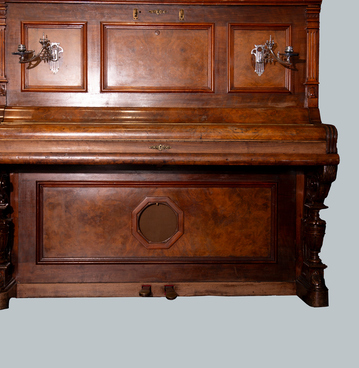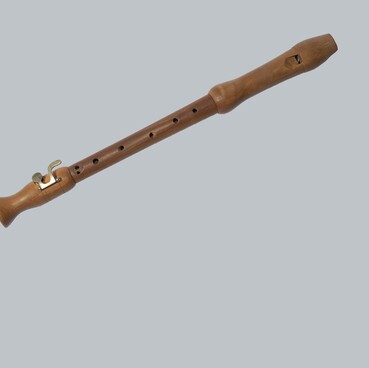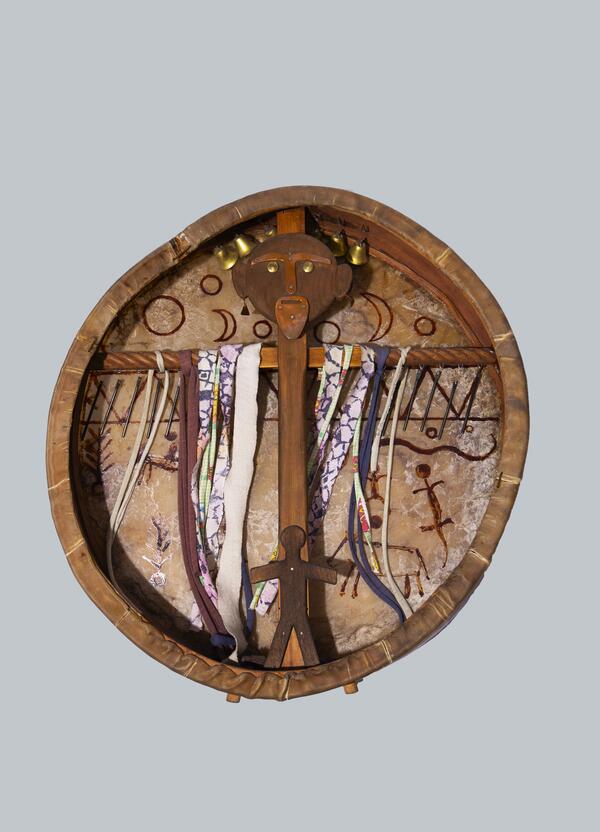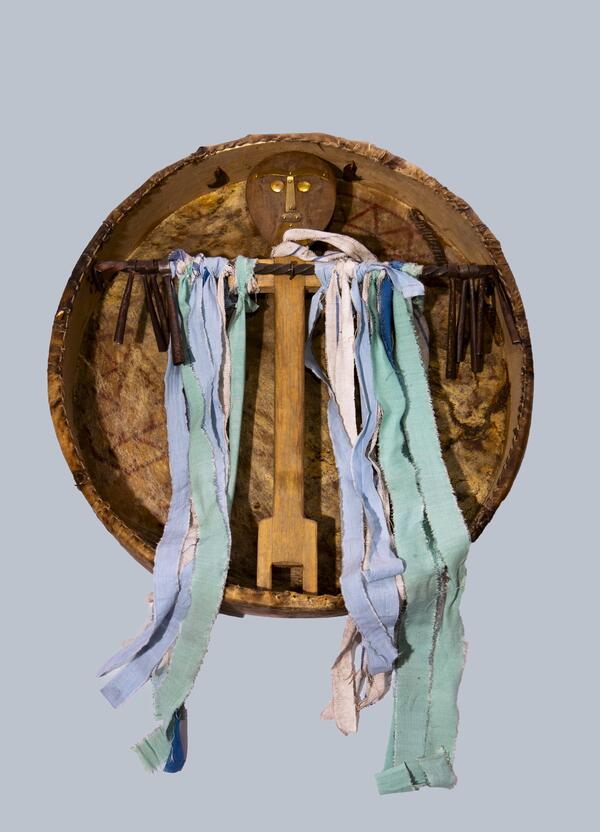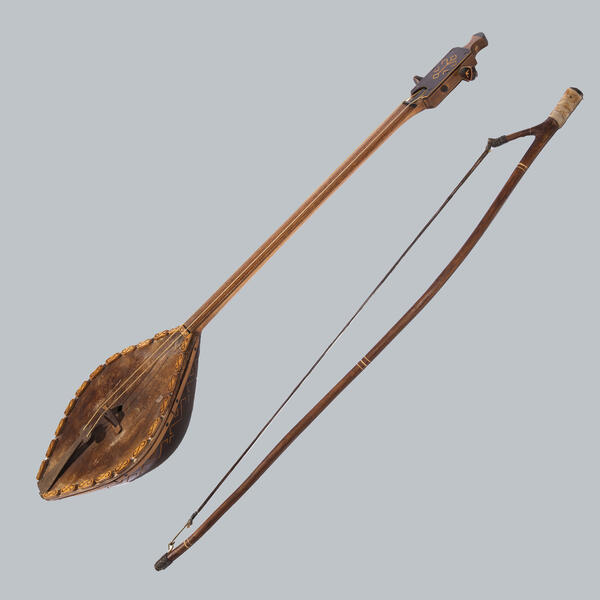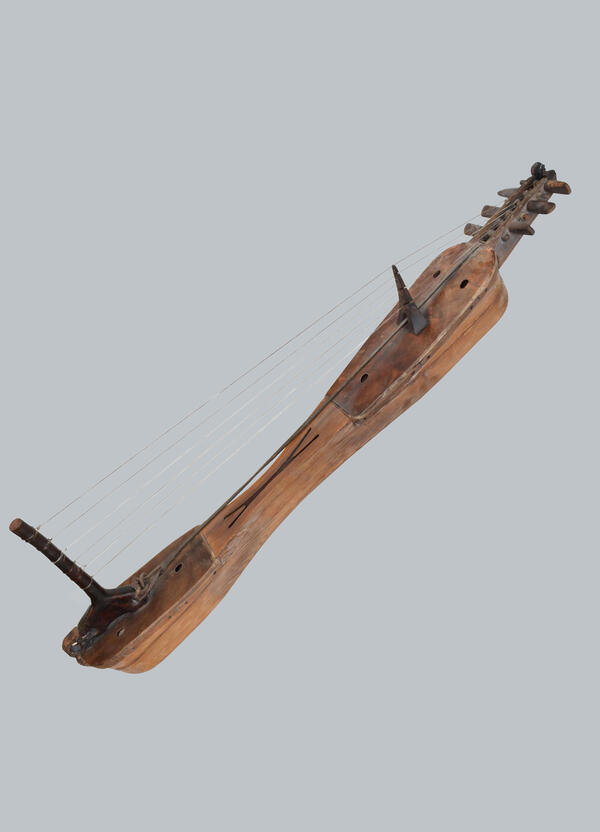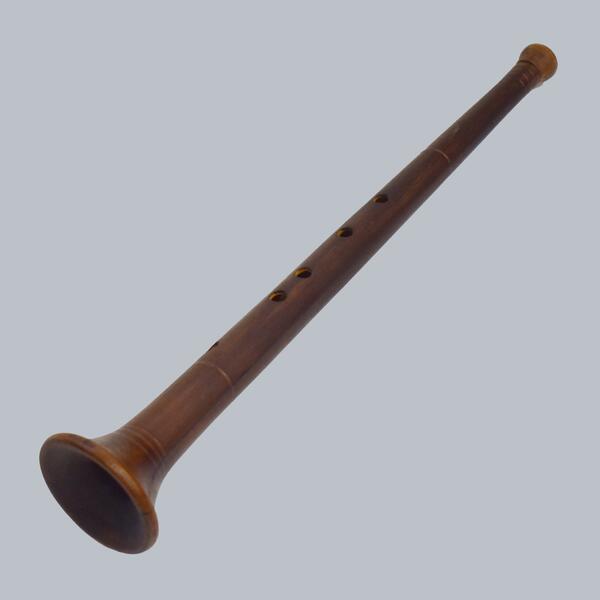In 1910–1912, the composer and ethnographer Andrey Anokhin (1869–1931) traveled throughout Altai to study the culture and everyday life of Central and East Asian peoples. His 1924 work “Materials on Shamanism” remains the most comprehensive study of the subject. The restorer Alexander Gnezdilov referred to the materials as an important source of information while restoring authentic musical instruments.
The shamanic mallet known as “orba” is usually mentioned together with a drum. Before the beginning of the trance-like “kamlanie” ritual, the shaman would heat the drum depicting his servant spirits known as “tesi” over the fire. Then he would strike the drum with a mallet and listen to the jangle and rattle of the pendants, interpreting the answer of the tesi.
The orba is also a valuable shamanic attribute of its own which the shaman discovered or inherited, and then often used even without a drum as a rod or a tool for divination. Having performed the ritual, the shaman would throw the mallet in the direction of each of those present; it was considered a good sign if the mallet fell fur downwards. Otherwise, the shaman asked the spirits to help the person who got the bad omen and threw the orba three times into the bottom of such person’s clothes, fur downwards, to help avert the misfortune. In the healing ritual, the shaman would stroke the sick person with the mallet.
Initially, a mallet was a wooden “slingshot” with three to five branches wrapped in rags or hare skin. Later, the base took a certain shape and was covered with the skin of maral, roebuck, male goat, or ram.
The sacral attribute was made of birch — the tree dedicated to the Ülgen demiurge. Before cutting down the tree, people asked for his forgiveness, sprinkled the tree with milk, and decorated it with white ribbons. Metal rings or pierced coins were put around the orb. Most often, there were nine rings, according to the number of Ülgen’s daughters.
A holding strap was put through the hole at the mallet’s end, tied with a loop, and often decorated with ribbons or ropes. During the kamlanie ritual, the shaman put the wrist through the loop to avoid dropping the orba.
In
some cases, mallets were replaced by substitutes that underwent specific rituals.
Such items could include a handkerchief or a paw. The substitutes were used
during the Soviet period when it was strictly prohibited to keep any religious
items, including shamanic paraphernalia.





